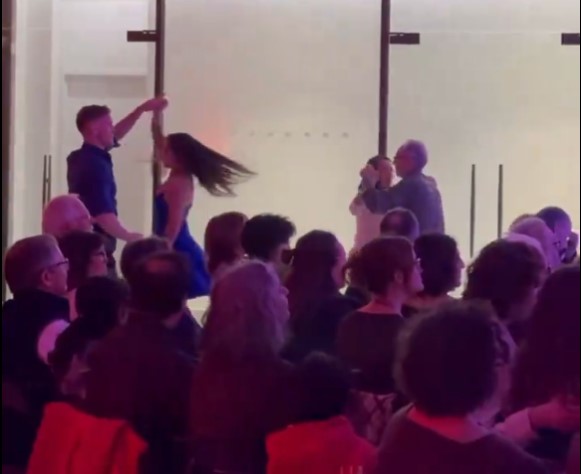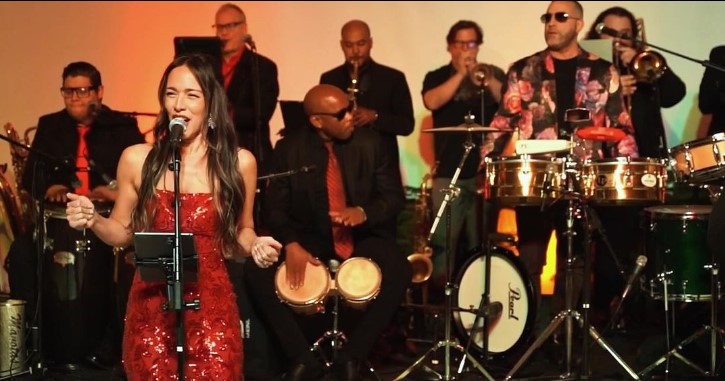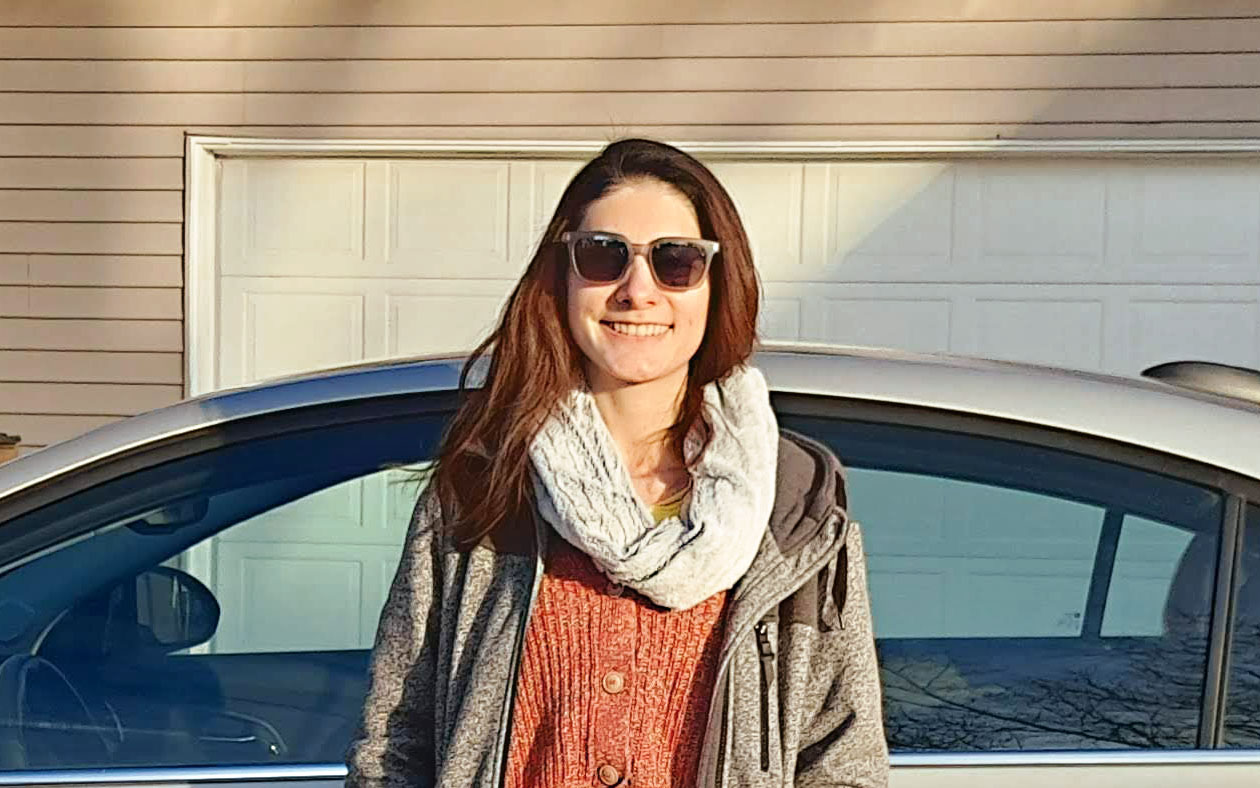Cheekwood's Winter Concert Series
Music City Latin Orchestra turned up the heat on a cold winter night
Beginning with the setting where we had the privilege to enjoy the Music City Latin Orchestra’s show, every element in this concert was a delightful peculiarity. As part of the Winter Concert Series organized by Cheekwood Estate & Gardens, the Massey Auditorium was transformed into a dance floor. The space was arranged both for those who wished to appreciate tropical rhythms from the comfort of their chairs and for those overcome by the spirit of dance who inevitably had to yield. Daniel Enrique’s (Venezuela) warm voice encouraged the first couples to break the ice in a venue welcoming both Latinos and non-Latinos; skillfully, they traced the basic steps of salsa. Even though my country is known for spawning the ‘world capital of salsa’, and this genre is very familiar to me, the movements with which the couples inaugurated the first songs surpassed my abilities. I dare say several attendees experienced the same modesty, only rising to visit the bar.

The repertoire began to vary, and the confidence of the natives was reinforced with one of the most well-known songs in the R&B genre, ‘Stand by Me’ by Ben E. King. Transformed into a bachata rhythm, its declaration verses swayed between English and Spanish. What delicacy in the performance by singer Sarai Siddiqui, what diaphanous harmonies in the winds. This version highlighted the mastery of musical director Giovanni Rodríguez in adapting different musical genres into the tropical language, emphasizing the virtues of each. Bachata is not an easy rhythm to dance to, but its romantic quality and slower tempo promote letting oneself be carried away by its movements. More couples joined the dance floor while chanting so darlin’, darlin’, stand by me…
Continuing with this rhythm originating in the Dominican Republic, the single ‘Bachata Rosa’ by singer-songwriter Juan Luis Guerra, was a return in time for those of us who as children enjoyed his peculiar poetry. Each song from the album bearing the same name is an allegory to love and sensuality; the subtle metaphor woven into each stanza makes its lyrics suitable for all ages. In 1991, the success of ‘Bachata Rosa,’ a mix of traditional bachata and romantic ballad, opened the international door to this Dominican genre.
As the concert progressed more empty chairs were observed, several attendees decided to stand up, not to dance, but to better appreciate the show. From the orchestra began to emerge singers on keyboards and percussion, from their throats came the authentic timbres of the Caribbean. Each member was a school of salsa, bolero, and son. Melvin Macías and Manuel Manotas seemed to be time travelers from the era when Benny Moré paved the way for improvisation in singing. Both the eyes and the ears were decanted in each instrument and in each voice, although the whole ensemble must walk together, each line was worthy of a soloist performance. This is another great wonder of salsa, inspired by the virtuosity of Big Band solos, typically making room in its songs for improvised melodies. These moments were not long in coming, the revolutions of music inevitably called for them, as well as the presentation of a magnificent cast of musicians. The brass section was composed of Jovan Quallo (Jamaica) on saxophones, Steve Patrick (USA) on trumpet, Jonathan Salcedo (Venezuela), and Barry Green (USA) on trombones, and Andy Robinson (USA) on flute. The unmistakable ‘baby bass’ and bongos were played by Isoel Villarubia (Puerto Rico) and Yosvany Cordero (Cuba), respectively.

The great hallmark of this musical project is to preserve the genuine sound of classic salsa. Although versions of soul and blues hits can be enjoyed, Giovanni Rodríguez maintains in his arrangement’s traditional rhythms such as the base of the son cubano or the characteristic voicings of the tropical orchestra. Salsa is a genre enriched with the heritage of different races; African percussion was mixed with native American instruments such as the güiro and maracas. In New York this conjunction is complemented by the piano and the winds of the Big Band. The resonant voices of Cuba and Puerto Rico turn Latin jazz into a blunt expression of melancholic stories told with joy. The mambo, the guaracha, the chachachá, and the guaguancó, found fertile ground in the ‘Spanish Harlem’ to orchestrate themselves with the techniques of jazz and stamp their identity on it. It is for this reason that the genre takes the name of ‘salsa’ (sauce), its music is seasoned with different influences, and in turn, its unique sound spiced up the American style.
Anywhere in the world, even one classic song has been played on the radio, salsa began to effervesce with such success that it quickly spread throughout the planet through recordings and tours. It is always pleasant to find their albums in stores in any city and even better, a venue to listen to them live. —”Do you dance salsa?” It is commonly the question received by a Latino abroad, as there is no party without space for Caribbean rhythms. On this occasion, salsa once again achieved its victory; the audience surrounded the orchestra and danced uninhibitedly. It is a privilege for the music scene in Nashville to have musicians of such high caliber; the Music City Latin Orchestra is a project that extraordinarily fulfills the desire to savor authentic salsa.



